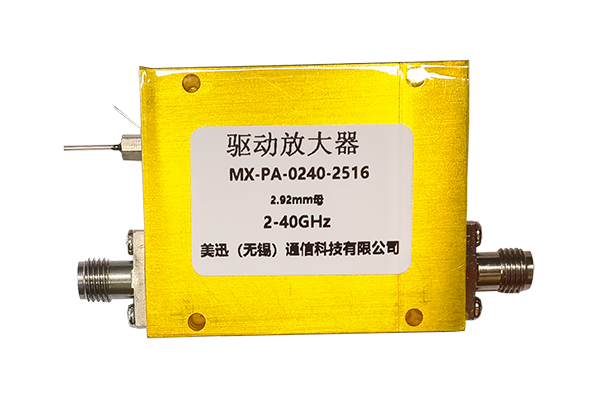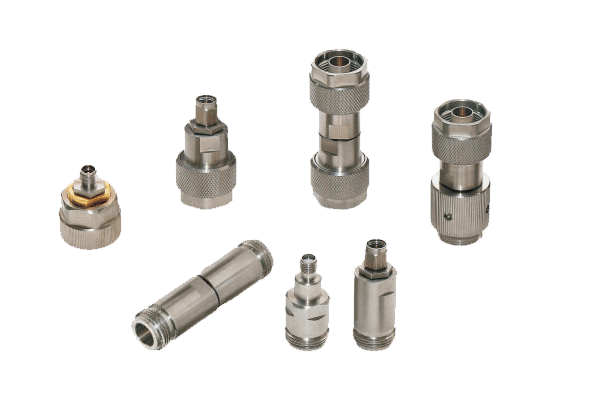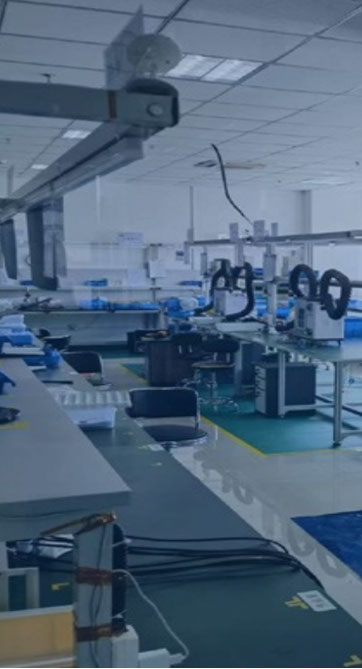distortion-limited specification-driven precision field-proven pin diode RF switch assembly for satellite links

Pin diodes have become a crucial element in high-frequency systems because of their innate electrical traits Their rapid transition between on and off states together with minimal capacitance and low insertion loss suits them for switching modulation and attenuation roles. The basic mechanism behind pin diode switching depends on regulating the device current via an applied bias voltage. The control voltage varies the depletion region dimensions at the junction and thereby alters conductive behavior. Bias adjustment yields effective PIN diode switching suitable for high-frequency use with limited distortion
For applications demanding exact timing and control PIN diodes are typically incorporated into complex circuitry They are implemented in RF filtering schemes to enable selective frequency band passage or blockage. Moreover their high-power handling capability renders them suitable for use in amplification division and signal generation stages. The development of compact efficient PIN diodes has increased their deployment in wireless communication and radar systems
Designing Coaxial Switches for Optimal Performance
Designing coaxial switches involves a delicate process that must account for many interrelated parameters The operation of a coaxial switch is affected by the selected switch topology frequency band and insertion loss behavior. Designs should focus on cutting insertion loss and increasing isolation to improve switch performance
Performance studies concentrate on return loss insertion loss and isolation measurements. Performance figures are derived from simulation modeling theoretical analysis and empirical testing. Thorough analysis is critical for confirming reliable coaxial switch performance
- Common analysis methods include simulation tools theoretical analysis and hands-on experiments to study switch performance
- Temperature fluctuations impedance mismatch and manufacturing inconsistencies can strongly alter switch performance
- New advances trends and innovations in coaxial switch engineering aim to enhance performance metrics while cutting size and power consumption
Strategies to Optimize LNA Performance
Enhancing the performance efficiency and gain of a Low Noise Amplifier is vital for preserving signal integrity in many systems Successful optimization depends on proper transistor selection correct biasing and appropriate circuit topology. A strong LNA design reduces noise contribution and boosts signal amplification with minimal distortion. Simulation and modeling techniques are essential for analyzing the noise consequences of design options. Reducing the Noise Figure remains the design target to ensure strong signal retention with minimal added noise
- Opting for transistors with small inherent noise is a vital design decision
- Establishing proper bias conditions with optimal settings minimizes noise within transistors
- The overall noise outcome is greatly affected by the selected circuit topology
Approaches such as matching networks noise suppression and feedback loops help improve LNA behavior
Signal Switching Using Pin Diodes

PIN diode switch networks offer flexible and efficient means to route RF energy in many systems Such semiconductor switches toggle quickly between states to permit dynamic control of signal routes. Low insertion loss combined with excellent isolation is a primary advantage that reduces signal degradation. Use cases include antenna selection duplexer networks and phased array antennas
The applied control voltage modulates resistance to toggle the diode between blocking and passing states. In the off deactivated or open state the diode presents a high resistance path blocking signal flow. With forward bias the diode’s resistance diminishes permitting the RF signal to flow
- Furthermore PIN diode switches boast speedy switching low power consumption and small size
Various architectures configurations and designs of PIN diode switching networks enable complex routing operations. Connecting several switches allows creation of dynamic matrices that support flexible signal path configurations
Performance Assessment for Coaxial Microwave Switches

Detailed assessment and testing validate coaxial microwave switches for optimal function across electronic systems. Numerous various and diverse factors influence switch performance such as insertion reflection transmission loss isolation switching speed and bandwidth. Thorough evaluation entails measurement of these parameters under diverse operational environmental and testing circumstances
- Moreover additionally furthermore the evaluation ought to include reliability robustness durability and environmental tolerance considerations
- Finally results from comprehensive testing offer crucial valuable essential data to inform selection design and optimization of switches for particular applications
LNA Noise Minimization Techniques A Detailed Review
LNAs are indispensable in wireless RF communication systems because they raise weak signals while suppressing noise. This review article offers an in-depth examination analysis and overview of LNA noise reduction approaches. We explore investigate and discuss key noise sources including thermal shot and flicker noise. We further consider noise matching feedback solutions and biasing best practices to lessen noise. The review emphasizes recent innovations including novel materials and architecture approaches that decrease noise figures. Providing comprehensive insight into noise management principles and approaches the article benefits researchers and engineers in RF system development
Applications of PIN Diodes for Fast Switching

They exhibit unique remarkable and exceptional features that render them ideal for high speed switching Low capacitance and low resistance contribute to very fast switching enabling precise timing control in demanding applications. Further PIN diodes’ proportional response to voltage facilitates exact amplitude modulation and switching control. This versatility flexibility and adaptability makes them suitable applicable and appropriate for a wide range of high speed applications Examples of deployment include optical communication systems microwave circuits and signal processing equipment and devices
IC Coaxial Switch and Circuit Switching Advances
IC coaxial switch technology represents a major step forward in signal routing processing and handling for electronic systems circuits and devices. These integrated circuits are tailored to control manage and route signals via coaxial connections with high frequency performance and low insertion latency. Integrated circuit miniaturization creates compact efficient reliable and robust designs favorable for dense interfacing integration and connectivity use cases
- By meticulously carefully and rigorously adopting these practices designers can deliver LNAs with excellent noise performance supporting reliable sensitive systems By rigorously meticulously and carefully implementing these techniques practitioners can achieve LNAs coaxial switch with remarkable noise performance for sensitive reliable electronics By carefully meticulously and rigorously applying these approaches designers can realize LNAs with outstanding noise performance enabling sensitive reliable electronic systems With careful meticulous and rigorous execution of these strategies designers can obtain LNAs exhibiting excellent noise performance for sensitive reliable systems
- IC coaxial switch uses include telecommunications data communications and wireless network systems
- Integrated coaxial switch solutions apply to aerospace defense and industrial automation sectors
- Consumer electronics audio video systems and test and measurement platforms incorporate IC coaxial switches
LNA Design Challenges for mmWave Frequencies

Designing LNAs for mmWave bands is challenging because of increased signal loss and pronounced noise contributions. Parasitic capacitance and inductance play a dominant role at mmWave and necessitate precise layout and component choices. Keeping input mismatch low and power gain high is critical essential and important in mmWave LNA designs. Device selection including HEMTs GaAs MESFETs and InP HBTs plays a decisive role in attaining low noise figures at mmWave. Additionally furthermore moreover careful design implementation and optimization of matching networks is vital for efficient power transfer and impedance matching. Accounting for package parasitics is important since they can significantly affect LNA performance at mmWave. Choosing low-loss interconnects and sound ground plane designs is essential necessary and important to minimize reflections and maintain high bandwidth
Modeling Strategies for PIN Diode RF Switching
PIN diodes operate as essential components elements and parts in diverse RF switching applications. Comprehensive accurate and precise characterization of these devices is essential to enable design development and optimization of reliable high performance circuits. This includes analyzing evaluating and examining their electrical voltage and current characteristics like resistance impedance and conductance. Their frequency response bandwidth tuning capabilities and switching speed latency or response time are likewise measured
Moreover furthermore additionally building accurate models simulations and representations for PIN diodes is essential crucial and vital to predict their RF system behavior. Various numerous diverse modeling approaches exist including lumped element distributed element and SPICE models. Model selection is guided by specific application requirements and the desired required expected accuracy
Advanced Strategies for Quiet Low Noise Amplifier Design
Developing LNAs involves diligent consideration of circuit topology and components to obtain optimal noise performance. Recent semiconductor breakthroughs and emerging technologies enable innovative groundbreaking sophisticated noise reduction design techniques.
Representative methods consist of using implementing and utilizing wideband matching networks selecting low-noise transistors with high intrinsic gain and optimizing biasing schemes strategies or approaches. Additionally furthermore moreover advanced packaging and thermal management techniques are important to lower external noise sources. With careful meticulous and rigorous deployment of these approaches developers can accomplish LNAs with outstanding noise performance enabling trustworthy sensitive electronics
